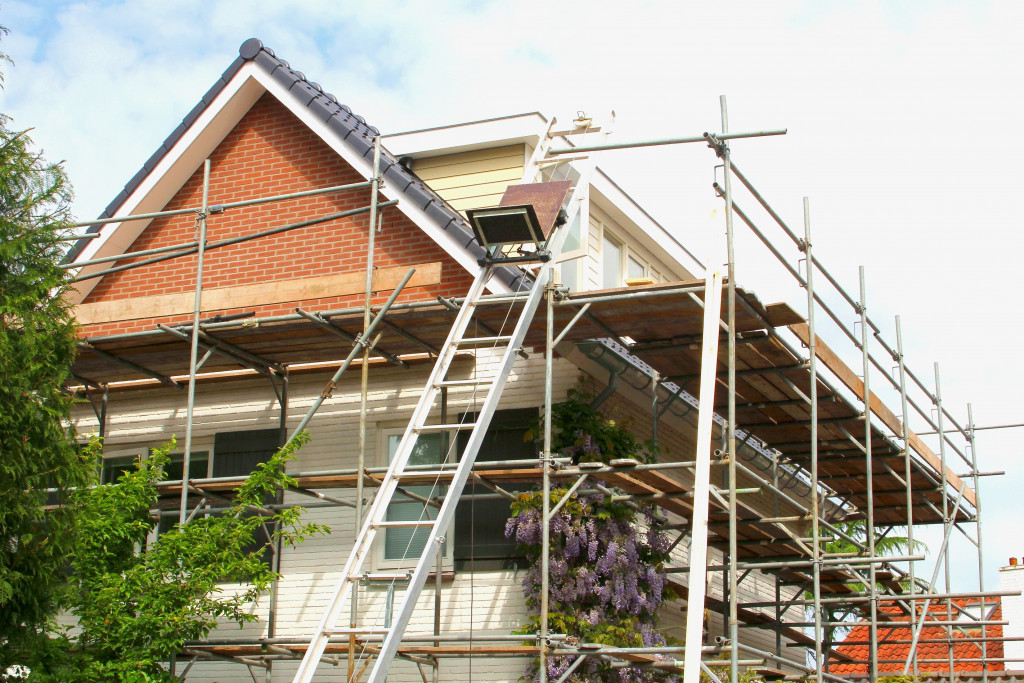Building a home is a significant investment you should make with the utmost care and consideration, especially now that homes cost more than $400,000. As such, it’s essential to consider the cosmetic aspects of your home and the structural integrity of its design and construction.
Structural integrity is a term used to describe how well a building or home can resist wind, seismic activity, and other external forces that can cause damage, which are quite common in the United States. Here’s why structural integrity is vital in homebuilding and how you can ensure that your house has reliable structural strength.
The Benefits of Having Structurally Sound Construction
Structural integrity means your house will stand firm against weather-related events such as high winds, earthquakes, or heavy snowfall. It also increases energy efficiency when adequately insulated and sealed around windows and doors. Better insulation means less energy usage overall, resulting in lower utility bills in the long run. Additionally, having a structurally sound home is essential if you plan to remodel or add on additional rooms or features; any changes must work with the existing structure to be successful.

What You Can Do To Ensure Structural Strength
When it comes to ensuring structural reliability in your home, there are several steps you can take during the design and construction process. Here are some of those steps:
Framing Basics
The framing of a house includes the walls, floors, ceilings, and other supporting structures, such as headers for doorways or beams for support. The most common form of framing is called “stick-framing,” which uses wooden studs placed vertically along the perimeter of walls with horizontal pieces between them to form an enclosed space. The most critical component of stick-framing is having secure connections between all these elements—if these connections are weak or missing, there is a risk of collapse.
Foundation Systems
A house’s foundation provides stability for the structure above it and supports its weight. Foundations come in many forms depending on where you live and your property’s soil composition. In addition to providing stability, foundations must protect against water infiltration and help manage moisture within your home. Therefore, it’s essential to inspect your foundation regularly to look for signs of cracking or shifting, which can indicate potential problems with the structural integrity of your home.
Roof Structure
The roof structure helps keep water out while allowing air to flow into the attic space. Roofs can be made from asphalt, metal panels, clay tiles, or wood shingles or shakes. Roofs should be inspected regularly, especially for leaks! Leaks can cause a lot of problems in the interior of your home. That’s why it’s good to hire an experienced roof leak repair service annually. Additionally, many states require homes over 25 years old to have their roofs inspected before they can be sold—so it’s crucial to stay on top of maintenance!
Insulation and Sealing
The insulation and sealing of your home are essential components regarding energy efficiency. Your walls, windows, and doors should be adequately insulated and sealed to reduce air leakage. Properly protecting these areas will help keep the temperature inside your home more consistent and make your house more comfortable no matter the outside season. Additionally, you can save money on your utility bills by reducing air leaks!
Backyard Structures
When building a backyard structure, such as a garage, shed, or deck, it’s essential to consider the piece’s structural integrity. You should always make sure that you’re using sturdy materials that can withstand weather elements and other external forces. Additionally, all connections should be securely fastened with screws and bolts for maximum stability.
Proactive Maintenance
Regular maintenance is the best way to ensure your home has a safe and sound structure. This includes checking for any signs of structural damage, such as sagging floors or leaking roofs, and taking immediate action if you find anything. Additionally, you should inspect the foundation regularly for signs of shifting or settling; this could indicate that the soil beneath it has become unstable, which can cause significant problems.
Your home’s structural strength should never be overlooked when designing or building your dream house; without it, your hard work may be undermined by Mother Nature’s ever-changing whims! By taking proactive steps during construction and regular maintenance inspections, you can ensure that your home will remain structurally sound for years to come—and provide a haven from any external threats that may arise along the way! So don’t wait until disaster strikes—think about structural integrity from day one!

